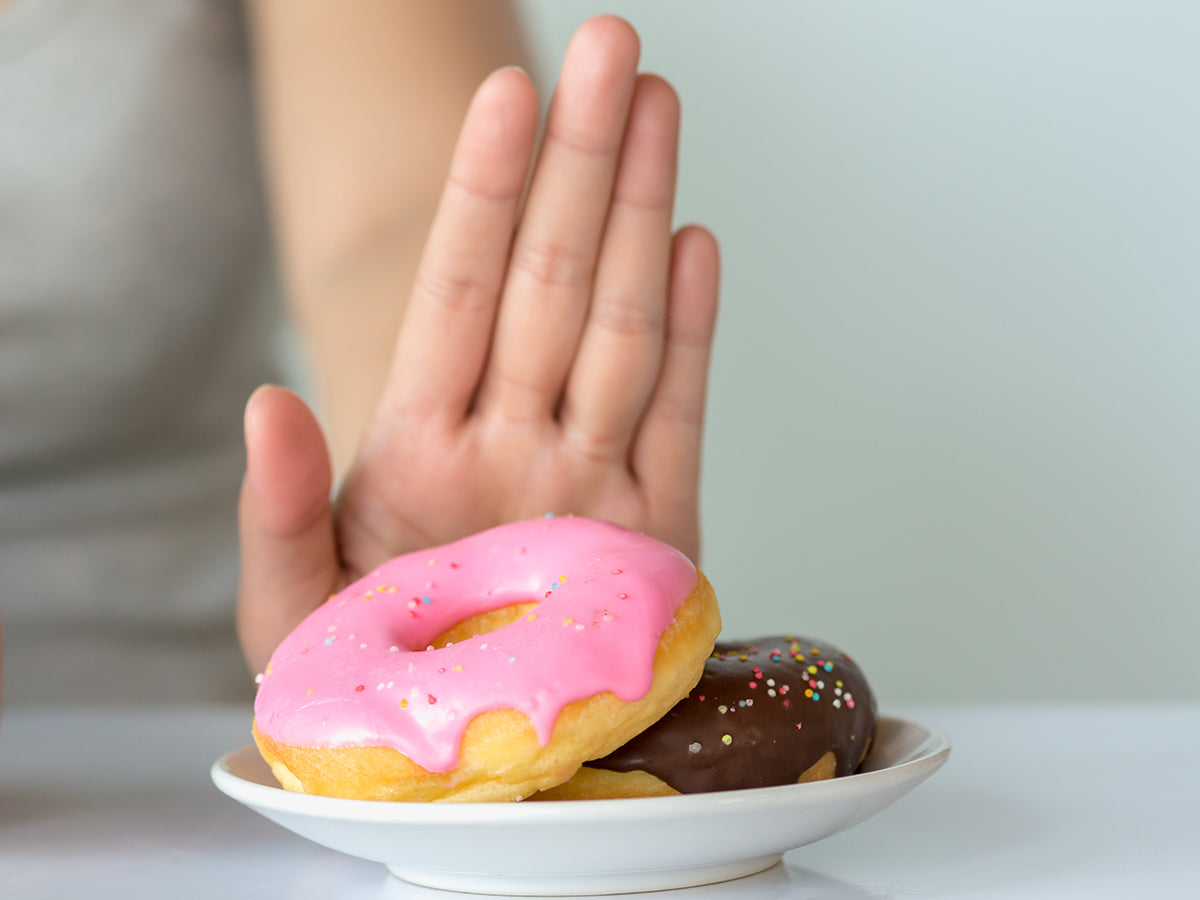FOOD COLORING MYTHS DEBUNKED

Food coloring, or food dye, is a substance that enhances or modifies the color of food when added to it. But why would we want to change the color of food, you may ask? The main reason is aesthetics. Whether to compensate for the loss of color or whether you wish to give identity to your cake by decorating it, we all eat with our eyes first and expect that correctly and pleasantly colored food will taste good.
There are two categories of food coloring:
- Certifiable color additives, or artificial food colors. Those are man-made. They are widely used because the range of colors they provide is practically infinite and they are cost-efficient to produce. They are also flavorless and bond well with most foods. They are only a limited number of artificial food colors certified by the FDA to use in foods. No new color can be introduced in the market, without undergoing a stringent and regulated certification process to ensure that they are safe to use for human consumption.
- Colors exempt from certification, or natural food colors, are those derived from natural sources, usually from vegetables or minerals or even animals. Due to the origin of these colors, they offer a more limited range of colors, can add some funky taste to food and are not as light and heat stable as their artificial counterparts. Although they are exempt from certification, Natural Food Colors are still required to comply to a strict set of tests, rules and regulations.
Humans have been coloring their foods for centuries. The first artificial food dye was created as early as 1856 by William Henry Perkin. Using food coloring eventually became the norm, however the first colors created were not always harmless. By 1906, the United States Food and Drugs Administration (FDA) put in place some regulations to prohibit the use of toxic colors in food. Today, following extensive testing, there are only 7 artificial colors that are certified for use in the United States, and can be blended to create an infinite range of other colors. [3] [7]
Over the years, many studies have looked at artificial food colorings trying to figure out how harmful or harmless they might be. In a work where Fake News and Myths spread faster on social media that you even have the time to blink it is extremely challenging to know what to trust. We did some of the legwork for you to help you figure out what’s myth and what’s reality.
Myth or Truth? Food coloring causes hyperactivity/ADHD in children.
The first study related to the relationship between food coloring and hyperactivity was done in 1970 by Dr Benjamin Feingold. Another study was completed in 2007 by McCann et al studying the effect of groups of food dyes on a number of children. However, both studies had limitations: they were conducted on a small sample of the population, they relied on anecdotal reports by participants, they failed to duplicate study findings, and neither study was able to isolate a specific food dye and link it to a specific behavior. As such, there is no solid evidence to support a cause-and-effect relationship, and to date there is no scientific proof that food coloring causes hyperactivity/ADHD. [1] [2]
Myth or Truth? Red food coloring causes allergies.
There has been much discussion about whether food coloring causes allergies, specifically artificial color Red Dye #40, however reports of allergic reactions have been anecdotal for the most part. In this case it is important to understand what causes an allergic reaction. A food allergy is defined as “an immune system-mediated adverse reaction to food proteins.” Artificial food coloring is made using chemicals and does not contain protein, and is therefore unlikely to cause an allergic reaction, but it might cause an intolerance. What you might not know is that some natural red dyes are extracted from bugs called cochineal, which are essentially protein, and therefore this food dye can possibly cause allergic reactions. [6] [8]
Myth or Truth? Caramel food coloring causes tumors.
During the manufacture process of caramel food coloring, a chemical compound called 4-MEI could form as a by-product. It can also form when roasting coffee beans or when grilling meat, so it is not a new addition specifically related to food coloring, but has been part of the human diet for a very long time. A 2007 study done on rats and mice in relation to 4-MEI showed no conclusive results in rats and an increased incidence of lung tumors in mice. However, these studies were done using much higher levels of 4-MEI than humans would normally consume, and the correct interpretation of the test results has been questioned. The FDA continue their tests on caramel food coloring, but have declared that the current levels of consumption of this color by humans does not present any immediate or short-term danger. [9] [10]
Myth or Truth? Only processed food contains food coloring.
Pretty decorated cakes at your local bakery are not the only type of food that contains food dye, though they might be the most obvious. While it is now widely known that processed foods such as candies and soft drinks contain food coloring, it might come as a surprise that some natural foods such as oranges are sometimes dyed to ensure there are no variations in color. Other items you might not suspect contain food dye are orange cheese, pickles, cereal bars and even kids’ vitamins. However, please note that the FDA analyses coloring in each of these items before they are introducing for sale in the market to ensure they are used within regulation limits. The FDA also keeps on monitoring these products once they have been released on the market. [2] [4] [5]
What does this all mean? To differentiate facts from stories, it is important to remember that there is a difference between research conducted in a controlled environment with scientific evidence, and someone stating they had an allergic reaction to a substance. You can trust the FDA to do rigorous testing on all food colors and only approves those that are considered risk-free and safe for consumption. So don’t get rid of the food dyes in your bakers’ pantry just yet. Switch to Natural food coloring is you have someone you bake for who is allergic or sensitive to any food dyes, but know your facts and don’t chose to live in a colorless food world!
References
[1] https://foodinsight.org/dirty-myths-fact-checking-the-lists/
[2] https://foodinsight.org/qa-do-food-colors-cause-hyperactivity/
[3] https://www.healthline.com/nutrition/food-dyes
[4] https://foodal.com/knowledge/paleo/food-dyes-health/
[5] http://www.newworldencyclopedia.org/entry/Food_coloring
[7] https://www.thespruceeats.com/food-coloring-history-1807601
[8] https://www.ncbi.nlm.nih.gov/pubmed/17245088
[9] https://foodinsight.org/lets-talk-about-caramel-coloring-and-4-mei/
[10] https://www.fda.gov/food/ingredientspackaginglabeling/foodadditivesingredients/ucm364184.htm

